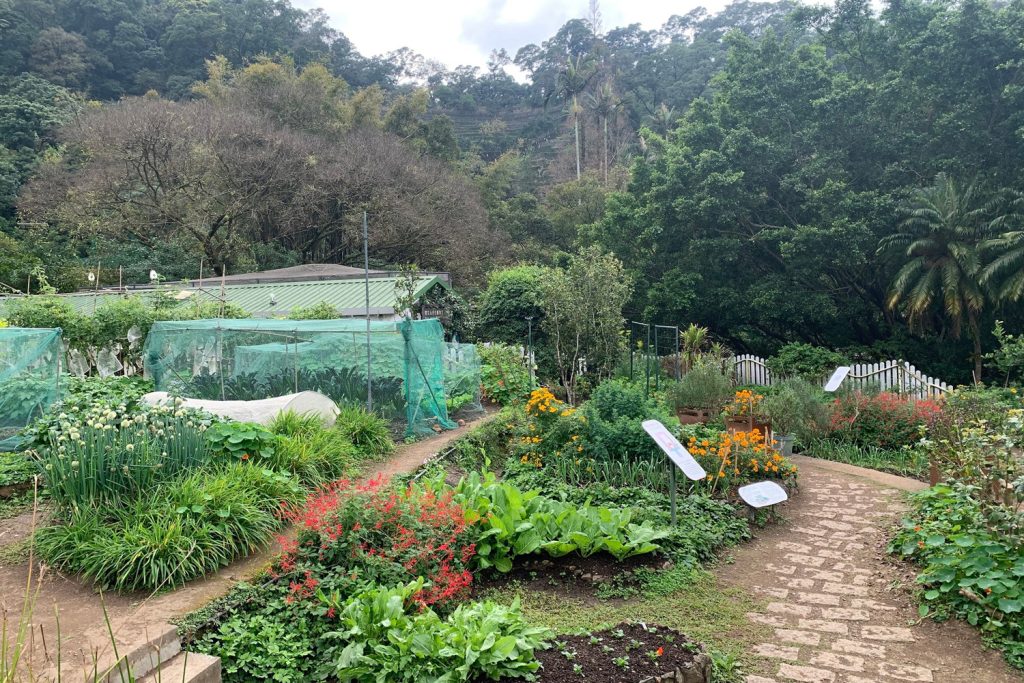Gardening is a wonderful activity that allows us to connect with nature, relax, and beautify our surroundings. However, the plants we choose to include in our gardens can have a significant impact on the environment. Using native plants in your garden is a great way to create a greener, more sustainable space that supports local wildlife and helps to conserve water and reduce maintenance.
What are native plants?
Native plants are those that naturally occur in a particular region, ecosystem, or habitat. These plants have evolved over time to be well-suited to the local climate, soil, and wildlife, making them ideally adapted to thrive in their native environment. On the other hand, non-native plants are those that have been introduced to an area from elsewhere, often as garden or landscaping plants.
Why use native plants in your garden?
There are many reasons to consider using native plants in your garden. First and foremost, native plants are better for the environment. Because they are adapted to the local climate and soil conditions, they require less water, fertilizer, and pesticides than non-native plants. This means that using native plants can help reduce water usage, chemical runoff, and garden maintenance, making your garden more sustainable and eco-friendly.
In addition, native plants provide important habitat and food sources for local wildlife, including birds, insects, and other animals. By incorporating native plants into your garden, you can create a biodiverse ecosystem that supports a wide variety of species and helps to promote biodiversity in your area.
Native plants can also help to combat the spread of invasive species, which can crowd out native plants and disrupt the balance of local ecosystems. By choosing native plants for your garden, you can help protect the natural biodiversity of your region and prevent the spread of harmful invasive species.
Tips for using native plants in your garden
If you’re interested in incorporating native plants into your garden, here are a few tips to help you get started:
1. Research native plants in your area: Before you start shopping for native plants, take some time to research the native plant species that are well-suited to your region. Look for plants that are adapted to your local climate, soil type, and sunlight levels, and consider the specific needs of your garden space.
2. Choose a variety of plants: To create a healthy and diverse ecosystem in your garden, try to include a variety of native plant species. Look for plants with different heights, colors, and bloom times to attract a wide range of pollinators and provide habitat for different types of wildlife.
3. Consider the needs of wildlife: When selecting native plants for your garden, think about the needs of local wildlife. Choose plants that provide food sources, nesting sites, and shelter for birds, insects, and other animals, and consider including plants that attract pollinators like bees and butterflies.
4. Plan for the long term: When designing your garden with native plants, think about the long-term maintenance and care of your plants. Consider factors like soil preparation, water needs, and pruning requirements, and make sure to select plants that are well-suited to your garden conditions and climate.
5. Support local nurseries and growers: When purchasing native plants for your garden, try to buy from local nurseries and growers who specialize in native plant species. By supporting local businesses, you can help promote the use of native plants in your community and reduce the ecological footprint of your garden.
6. Get creative with your garden design: Native plants can be used in a variety of ways to create a beautiful and sustainable garden. Experiment with different plant combinations, garden layouts, and design elements to create a unique and visually appealing space that also supports local wildlife.
In conclusion, using native plants in your garden is a great way to create a greener, more sustainable space that supports local wildlife, conserves water, and reduces maintenance. By incorporating native plants into your garden, you can help protect the environment, promote biodiversity, and create a beautiful and eco-friendly outdoor space. So why not give native plants a try in your garden and see the many benefits they can bring?

